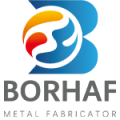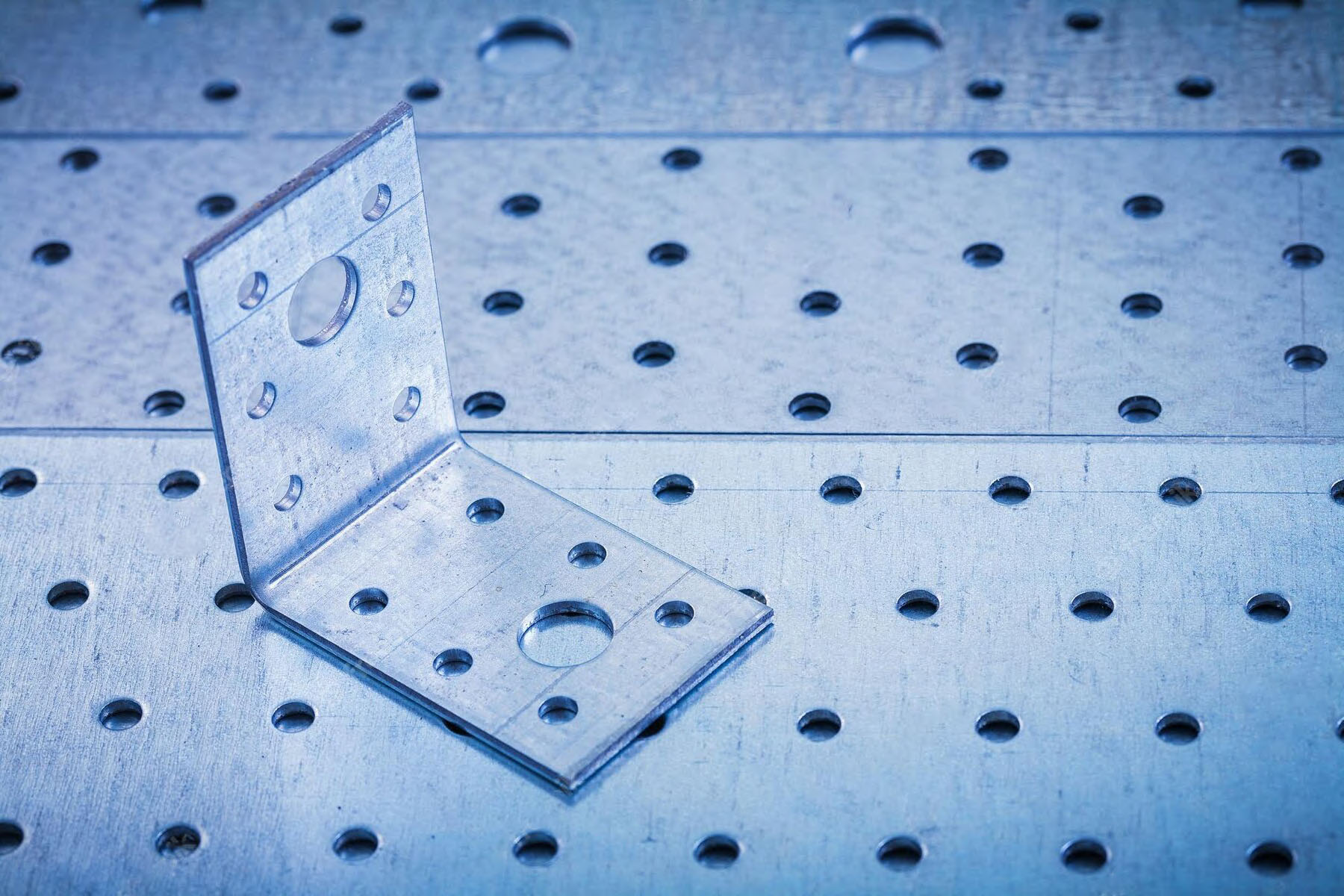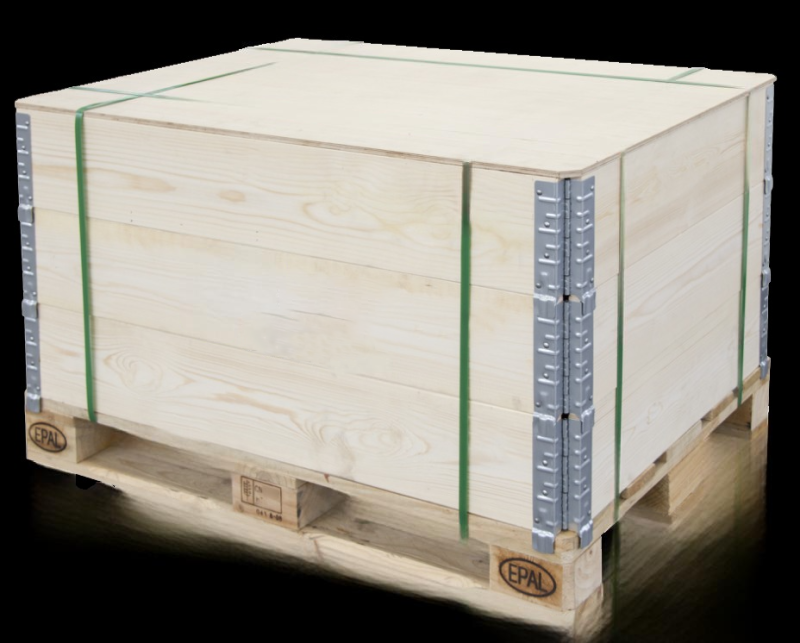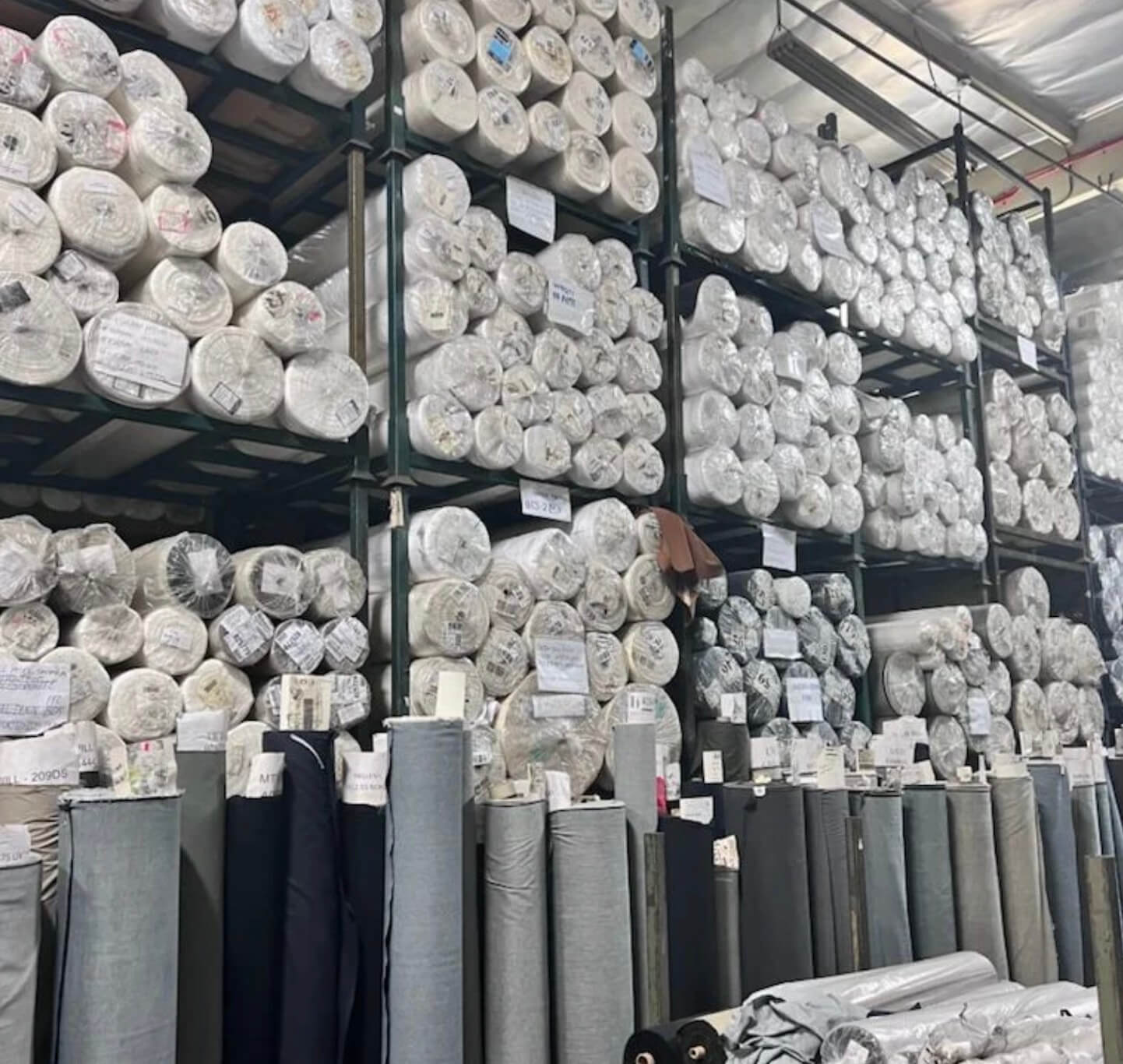The Benefits of Sheet Metal Fabrication: A Comprehensive Guide
Sheet metal fabrication is a versatile and widely used manufacturing process that involves cutting, bending, and shaping metal sheets to create a variety of parts and products. From small brackets and enclosures to large machinery and structures, sheet metal fabrication is used across industries for its many benefits. In this comprehensive guide, we will explore the advantages of sheet metal fabrication and how it can help you achieve your manufacturing goals. Whether you are a small business owner or a large corporation, understanding the benefits of sheet metal fabrication can help you make informed decisions about your manufacturing processes and stay ahead of the competition.
I. Introduction
Sheet metal fabrication involves the manufacturing of thin metal sheets. This includes cutting, bending, and shaping them to make different products. It is used extensively in many industries including electronics, construction, and automotive. This involves the use of specialized tools and techniques to create complex shapes that meet design requirements.
It is important to note the importance of sheet metal fabrication for the manufacturing industry. This is an efficient and cost-effective way to produce metal parts and products that can be used in a variety of industries. Sheet metal fabrication can also be used to make a variety of products including machine components, enclosures, and brackets.
Sheet metal fabrication is a popular choice because of its many benefits. These benefits include:
Cost-effectiveness: Sheet Metal Fabrication is cost-effective due to the availability of raw materials and their affordability, as well as advances in automation technology that lower labor costs.
Flexibility: You can create many products from sheet metal fabrication in various shapes and sizes. This makes it an ideal tool for various industries.
Efficiency: Sheet metal fabrication is now more automated thanks to technological advances. This has allowed for faster and more efficient production.
Durability: Sheet metal products can withstand extreme environments and are long-lasting.
Designer flexibility: sheet metal fabrication allows designers to design products with great flexibility. You can create complicated shapes and designs with sheet metal fabrication that are impossible or difficult to achieve using other manufacturing processes.
II. The Sheet Metal Fabrication Process
Sheet metal fabrication is a process that converts flat metal sheets into desired shapes or designs. This involves the use of specialized tools and equipment to cut, bend, and shape the metal. Let’s take a look at the sheet metal fabrication process.
Design: The first step of sheet metal fabrication is to design your product using computer-aided designing (CAD) software. To reduce production costs and ensure high-quality products, the design must be optimized for manufacturing.
Material selection: Next, choose the right metal type for your project. Aluminum, stainless steel, as well as carbon steel, are all common metals for sheet metal fabrication. The factors that influence the choice of metal are strength, weight, corrosion resistance, and cost.
After the metal sheet is selected, it can be cut to the desired size or shape using special cutting tools like lasers or plasma cutters.
Bending: you will need to bend the sheet of metal into the desired shape with a press brake or another bending tool.
Shaping: Once the metal sheet is bent, it might need to be shaped using tools like rollers or stamping machines.
Finishing: This is the final step in sheet metal fabrication.
The basics of sheet metal fabrication are selecting the right material, designing it to be machine-manufacturable, and using the correct cutting and forming tools. Consider factors like tolerances, sheet metal gauge, and material thickness.
There are many sheet metal materials that can be used for fabrication. Each has its advantages and disadvantages. There are three types of common materials: cold-rolled, hot-rolled, and stainless steel. The specific application and properties of the final product will determine the material choice.
In the sheet metal fabrication process, it is important to take into account gauge and thickness. The final product’s strength and durability can be affected by the thickness of the sheet metal. The gauge is a measurement of the thickness of the metal sheets and is expressed in units of weight.
IV. Sheet Metal Fabrication Processes
Sheet metal fabrication is a versatile technique that involves transforming sheet metals into various shapes and designs using cutting, bending, and joining processes. There are many different methods of sheet metal fabrication, each with their advantages and disadvantages. Below are some common techniques used in metal fabrication services:
- Laser cutting: A precise cutting process that uses a laser to cut through sheet metal materials. Laser cutting is ideal for complex shapes and designs and can be used with various sheet metal thicknesses.
- Metal stamping: A process that uses a metal stamping press to transform sheet metal into specific shapes and designs. This process is ideal for creating sheet metal components in large quantities.
- Press brake: A tool that bends sheet metal to the desired shape using a series of dies. The press brake is commonly used to create sheet metal parts with a particular angle or radius.
- Sheet metal bending: There are many methods for bending sheet metal, including bottoming, air bending, and coining. These methods enable precise and accurate bending of sheet metal components.
- Laser and punching operations: A combination of laser cutting and punching processes that allow for more efficient and accurate production of sheet metal parts.
- Shielded Metal Arc welding (SMAW) or Stick Welding: A versatile welding process used extensively in sheet metal manufacturing that uses a stick electrode to join metal sheets together.
- Tungsten inert gases (TIG) welding: A high-quality welding process that uses a tungsten-electrode to join sheet metal components. This process is commonly used in the aerospace and automotive industries.
- Sheet metal thickness: The thickness of the sheet metal being used is an essential factor in the fabrication process, as it affects the selection of cutting and bending methods.
In summary, sheet metal fabrication is a vital technique for creating metal-fabricated products and components. The selection of the appropriate fabrication technique depends on the desired shape, sheet metal thickness, and the final application of the product.
V. Sheet Metal Finishing Processes
To enhance the product’s appearance and durability, sheet metal finishing is used. These finishing processes are used after the sheet metal fabrication process has been completed. These are the most common sheet metal finishing steps:
Powder coating: This is the process of applying powder coating to the surface of a metal sheet. The powder is then baked to give it a durable, attractive finish.
Pre-plated Steel: This is a type of pre-plated steel that has been coated in zinc or another material to improve its corrosion resistance.
Corrosion resistance: This is an important aspect of sheet metal fabrication, particularly for products that will be exposed to harsh environments. There are many corrosion-resistant materials available, such as stainless steel and aluminum.
Waterjet cutting: This cutting technique uses a high-pressure jet of water to cut through metal sheets. This is a great way to create intricate and precise shapes.
Metal surface finishing: This is the process of treating the metal sheet’s surface to achieve a desired finish. This could include buffing, polishing, or sandblasting.
VI. Metal Fabrication Techniques
Sheet metal fabrication is a complex process that involves various metal fabrication techniques to create custom metal fabricated parts. Below are some of the most popular techniques used in sheet metal fabrication:
- Bending: The bending method is a process used to create curves or angles in sheet metal. This is usually done with a press brake or another bending tool to achieve the desired shape
- Laser cutting: A precise cutting method that uses a powerful laser to cut through various sheet metal materials.
- Sheet metal stamping: A technique that uses a stamping machine to create a desired shape on a sheet of metal. This method is commonly used for hot-rolled steel and other types of sheet metal.
- Metal inert gas (MIG) welding: A welding technique that uses a consumable wire electrode and a shielding gas to join sheet metal parts together.
Precision sheet metal fabrication is an essential aspect of the metal fabrication process, as it ensures that the final product meets certain design requirements. This involves the use of advanced tools and techniques to create complex shapes and designs that would otherwise be impossible or difficult to achieve using other manufacturing processes. Various sheet metal materials can be used in custom metal fabrication, including hot-rolled steel and other types of sheet metal. A skilled sheet metal fabricator can work with different types of sheet metal to create high-quality fabricated parts that meet specific design requirements.
In summary, sheet metal fabrication involves various metal fabrication techniques such as bending, laser cutting, sheet metal stamping, and MIG welding to create custom metal fabricated parts. These techniques require skilled sheet metal fabricators to achieve the desired shape and design of the final product.
VII Costs for sheet metal fabrication can vary depending upon a number of factors. These are some factors that can affect the cost of sheet metal fabrication.
Material costs: Prices for sheet metal can vary depending on the metal and its thickness.
Cost of labor: This will depend on how complex the project is and how long it takes to finish.
Equipment costs: This can have an impact on the overall cost.
Finishing costs: These finishing processes can increase overall project costs, such as powder coating and plating.
Quantity: How many units are produced can have an impact on the unit cost.
Costs for sheet metal fabrication can vary depending on the project. The final cost will be affected by factors such as the complexity and size of the project. Sheet metal fabrication projects typically cost between a few hundred and several thousand dollars.
In sheet metal fabrication costs, material thickness and wall thickness are crucial considerations. The cost of a project can increase if thicker materials are difficult to cut and shape. It is important to consider wall thickness as it can make it more difficult to cut and shape the walls accurately.
We will conclude this article by summarizing the most important points about sheet metal fabrication and its importance to the manufacturing industry.
VIII. Conclusion
The manufacturing industry is dependent on sheet metal fabrication. This has many benefits for different industries. This comprehensive guide will discuss the many benefits of sheet metal fabricating, as well as the basics of sheet metal fabrication and its advantages. We also discussed the importance of metal fabricating, how to use sheet metal fabrication, and the process of sheet metal fabricating.
Sheet metal fabrication is basically cutting, bending, and joining metal sheets in order to create the desired product or shape. Sheet metal fabrication can be done in a variety of ways, including plasma cutting, laser cutting, and bending. It is possible to create custom sheet metal fabrication products according to customer specifications. This requires high levels of skill and expertise.
Finishing processes for sheet metal is used to improve its appearance and durability. Metal fabrication techniques like precision sheet metal fabrication or complex shape fabrication enable designers to create complex and intricate shapes with high precision. Sheet metal fabrication costs should be considered in the context of material thickness and wall thickness.
Sheet metal fabrication is a key component of the manufacturing industry. It offers many benefits to various industries, including aerospace, automotive, medical, and other industries. If manufacturers follow these basic guidelines, they can produce high-quality, cost-effective products that satisfy specific customer needs.
This guide will help you gain an in-depth understanding of sheet metal fabrication, and its benefits, as well as make informed decisions about your own projects.
At our sheet metal fabrication China plant, we are committed to providing the highest level of quality and service to our clients. We believe that sheet metal fabrication is an essential part of the manufacturing industry, and we take pride in our ability to deliver customized metal fabrication solutions that meet the unique needs of our clients. Whether you need precision sheet metal fabrication, complex shape fabrication, or any other type of metal fabrication services, we are here to help. Contact us today to learn more about our capabilities and how we can help you with your next sheet metal fabrication project.





